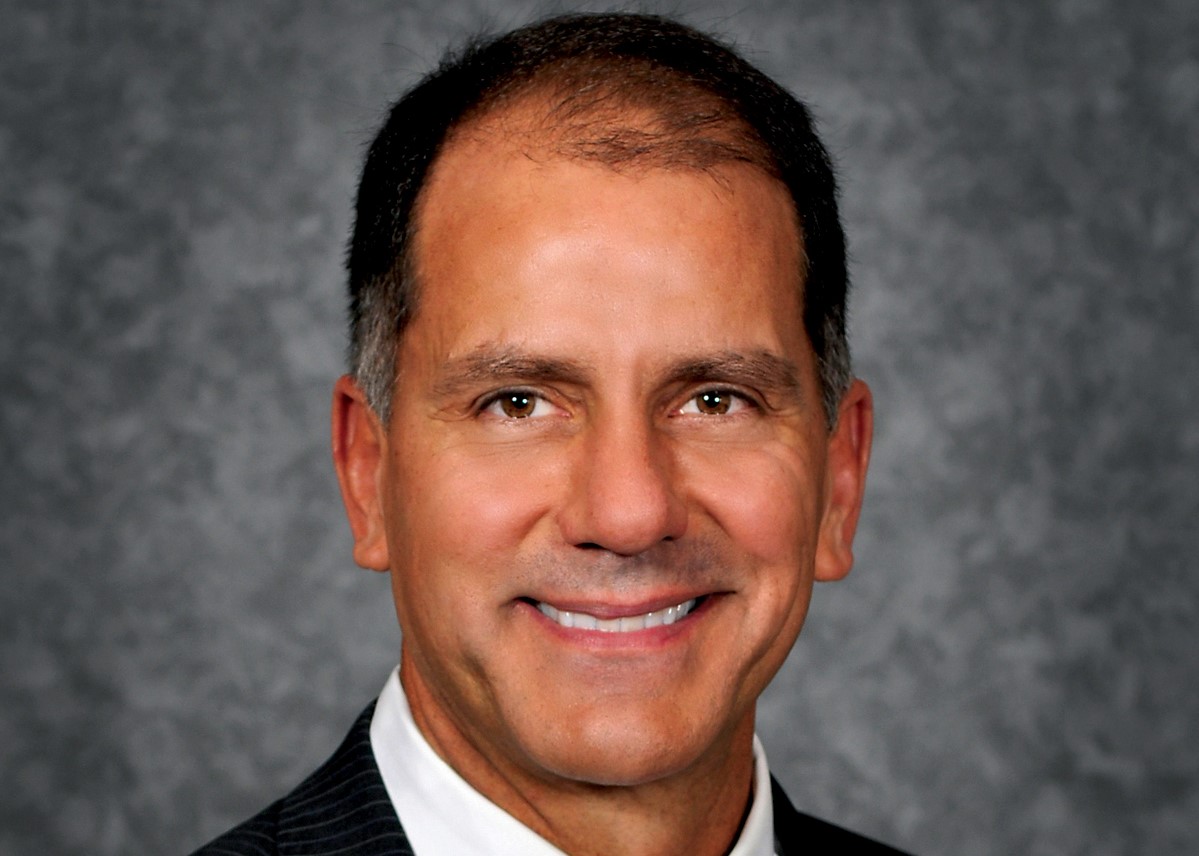
Rip Reeves: ESG is certainly something growing in importance as we have seen increased focus from the asset owners, rating agencies and regulators. It is becoming a core part of the annual analysis.
One of the interesting elements of this pandemic is the focus was really on downside investment risk.
When something as significant as the pandemic hits us, it generally tends to speed up whatever processes or trends are in place - rather than switch them on or off.
“It doesn’t surprise me in the least that asset managers are seeing
an uptick in ESG interest.”
We saw a similar situation in the financial crisis of 2008, when Enterprise Risk Management (ERM) was relatively new.
The investment experiences of that crisis propelled the significance of the ERM process, and it has helped the industry more effectively evaluate enterprise risk.
It doesn’t surprise me in the least that asset managers are seeing an uptick in ESG interest; given the overall social pendulum is swinging and ESG formatting can aid a company to integrate particular issues into play and match it with the culture of the company.
Rip: Yes, but when you start to look at parts of the decision-making process, or report card, for whether an ESG allocation is successful or not, they often may be more qualitative or subjective.
“The ability to coordinate the cultural ESG allocations in the investment portfolio
with our overall risk budgeting is quite a big project.”
One of the prerequisites in evaluating the appropriateness of a particular ESG allocation is to analyse it’s integration within our ERM policies, and ultimately the budgeting of investment risks we want to take as part of the enterprise.
The ability to coordinate the cultural ESG allocations in the investment portfolio with our overall risk budgeting is quite a big project. Therefore, the ESG report card may not be as straight forward as a typical benchmark comparison we’re used to, and may be more qualitative in nature.
Rip: The market pain of the pandemic from late February to late March 2020 was so significant and so fast that the recovery started before my head quit spinning.
Equities and high yield looked cheap at the end of March, as did many classes. However, I don’t know a lot of investment committees who would have been willing to significantly increase the allocation at that particular point in time, given the amount of volatility in the markets.
The current experience was quite different to the 2008 global crisis, where the market downfall happened over the course of 6-9 months.
You could really spend time evaluating which sectors were underperforming and why, and whether it was wise to increase or decrease a particular allocation.
“Equities and high yield looked cheap at the end of March,
as did many classes.”
Looking back, in both cases we were more focused on the downside risk.
Certainly, what we experienced in March 2020 was a harsh reminder of just how volatile markets are and just how much money you could lose in some of these allocations.
These changes were especially sobering after 2019 where everything from cash to emerging market equities to high yield had strong returns.
We went from a euphoric situation in 2019 to what happened in March 2020. It was a harsh reminder of the need to analyse the amount of risk you are willing and able to take in supporting the enterprise’s ability to underwrite.
Rip: Our company doesn’t have any specific commitment to zero carbon portfolios. This ESG factor is rolled up as part of the overall ESG scoring of the portfolio.
I almost wish that we did have one, because we look particularly good on the environmental side of the ESG scorecard.
For ERM purposes, we generally prohibit investments in our policyholders. Therefore, as an energy-focused underwriter, that eliminates some of these issues.